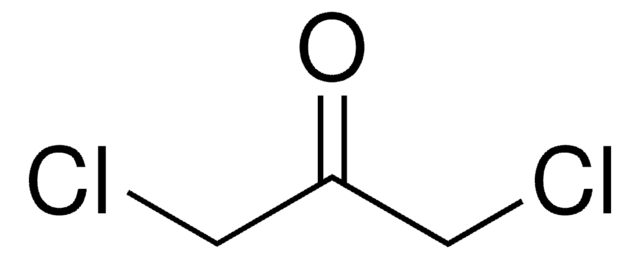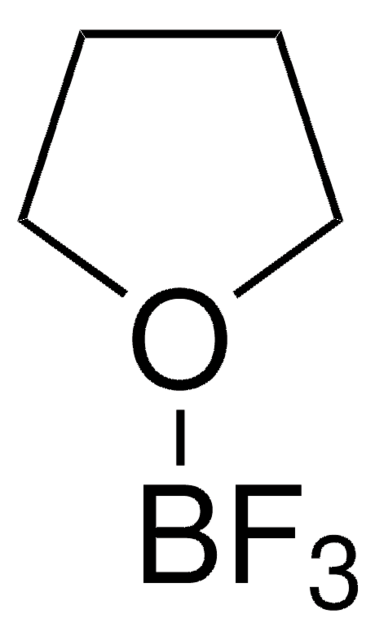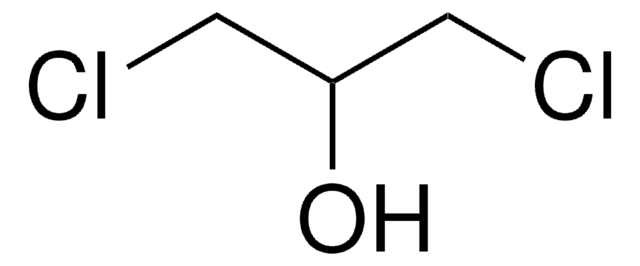192120
Borane dimethyl sulfide complex solution
2.0 M in THF
Sinónimos:
BMS, Trihydro[thiobis[methane]]boron
About This Item
Productos recomendados
form
liquid
Quality Level
reaction suitability
reagent type: reductant
concentration
2.0 M in THF
density
0.855 g/mL at 25 °C
functional group
thioether
storage temp.
2-8°C
SMILES string
B.CSC
InChI
1S/C2H6S.BH3/c1-3-2;/h1-2H3;1H3
InChI key
RMHDLBZYPISZOI-UHFFFAOYSA-N
¿Está buscando productos similares? Visita Guía de comparación de productos
Categorías relacionadas
General description
Application
- One-pot conversion of alkynes into 1,2-diols.
- Preparation of iminopentitols.
- Reduction of representative organic functional groups, such as esters, nitriles and amides.
- Used along with a dendrimeric supported L-pyrrolidinol in the asymmetric reduction of indanones and tetralones.
- Asymmetric reduction of ferrocenyl-1,3-diketones to chiral 1,3-diols.
- Highly enantioselective reduction of ketones catalyzed by C3-symmetric tripodal hydroxyamides.
Reactant involved in:
- Hydroboration / oxidation
signalword
Danger
Hazard Classifications
Acute Tox. 4 Dermal - Acute Tox. 4 Oral - Carc. 2 - Eye Dam. 1 - Flam. Liq. 2 - Repr. 1B - STOT SE 3 - Water-react 1
target_organs
Respiratory system
supp_hazards
Storage Class
4.3 - Hazardous materials which set free flammable gases upon contact with water
wgk_germany
WGK 1
flash_point_f
1.4 °F - closed cup
flash_point_c
-17 °C - closed cup
ppe
Eyeshields, Faceshields, Gloves, type ABEK (EN14387) respirator filter
Elija entre una de las versiones más recientes:
¿Ya tiene este producto?
Encuentre la documentación para los productos que ha comprado recientemente en la Biblioteca de documentos.
Los clientes también vieron
Global Trade Item Number
| Número de referencia del producto (SKU) | GTIN |
|---|---|
| 412848-1L | |
| 412848-250ML | 4061837673061 |
| 192120-800ML | 4061838760487 |
| 192120-100ML | 4061838760470 |
| 192120-18L | |
| 192120-4X25ML | |
| 192120-8L |
Nuestro equipo de científicos tiene experiencia en todas las áreas de investigación: Ciencias de la vida, Ciencia de los materiales, Síntesis química, Cromatografía, Analítica y muchas otras.
Póngase en contacto con el Servicio técnico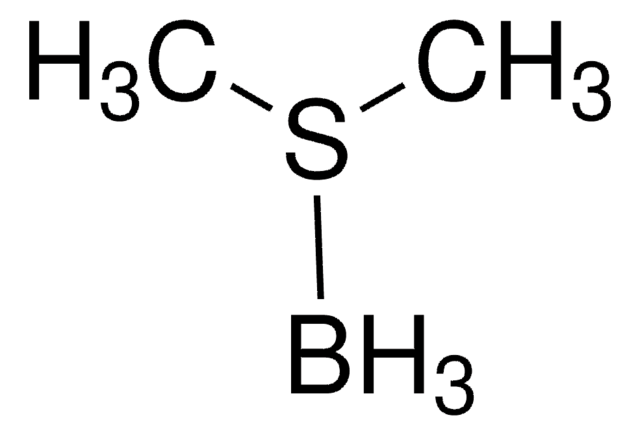

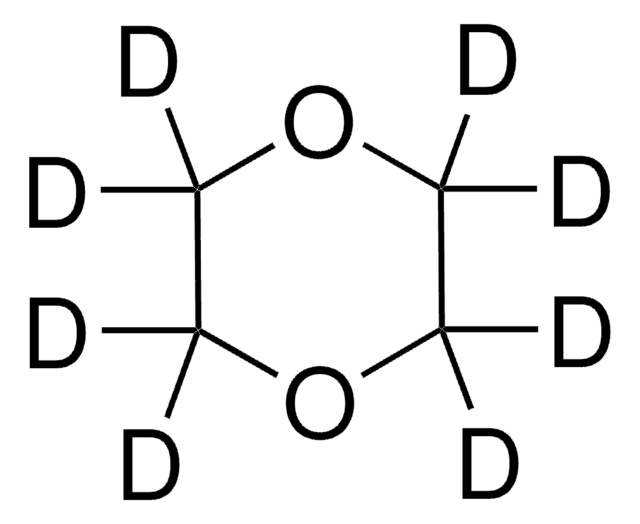


![9-Borabicyclo[3.3.1]nonane solution 0.5 M in THF](/deepweb/assets/sigmaaldrich/product/structures/180/891/8b64e597-269d-4780-98b6-40889dfd06b9/640/8b64e597-269d-4780-98b6-40889dfd06b9.png)
